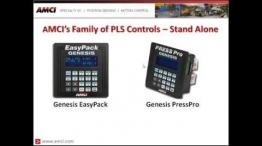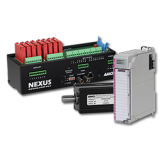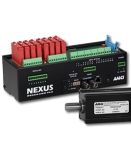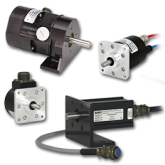What is a Programmable Limit Switch?
The Basic purpose of a limit switch is to switch discrete outputs on or off based on the position of a rotating shaft. The points at which an output switches on or off, called setpoints, are defined by the person who sets up the machine. The first limit switches were purely mechanical devices that consisted of Cams attached to a shaft. See Figure 1.1. When a motor rotated the shaft, the cams hit against switches, turning the outputs on and off. This system suffered from problems such as mechanical wear, adjusting the cam ON/OFF setpoints, vibration and shock that would break the cams, and contact bounce in the switch.
However, modern electronics have greatly improved upon the function of the mechanical limit switch. In an electronic limit switch system, the Cam Shaft is replaced by a rugged position sensing transducer. The Limit Switch Controller uses this transducer to determine the position of the shaft. The Controller then compares this position to its programmed setpoints and determines if its outputs should be on or off. Because the Cam Shaft is no longer used, the problems of contact bounce and mechanical wear have been eliminated. Also, because the electronic limit switch controller is programmable, changing ON/OFF setpoints is now as simple as pressing a few buttons.
Webinar

AMCI's Matt Tellier describes Programmable Limit Switch (PLS) Technology including, What is a P...
Watch Now



